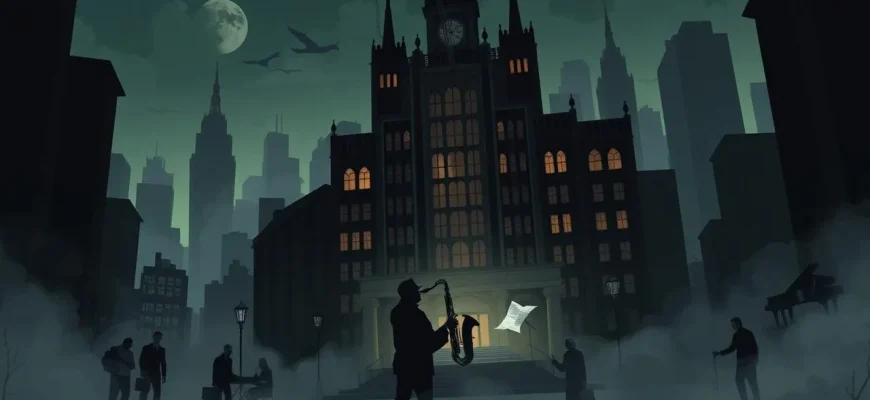Welcome to a unique cinematic journey where the smooth, soulful sounds of jazz meet the chilling atmosphere of horror. This collection showcases films where jazz music isn't just a backdrop but an integral part of the storytelling, creating an unsettling experience. Whether it's through the eerie saxophone solos or the haunting piano melodies, these films use jazz to amplify the horror, making for a truly unforgettable viewing experience.
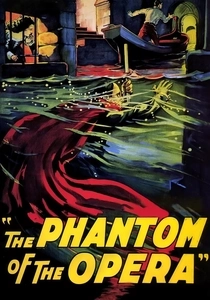
The Phantom of the Opera (1925)
Description: While not a jazz film per se, the silent film's score often includes jazz elements in modern screenings, enhancing the eerie atmosphere of the opera house and the Phantom's haunting presence.
Fact: The film was one of the first to use the technique of double exposure to create the ghost-like appearance of the Phantom.
 Watch Now
Watch Now 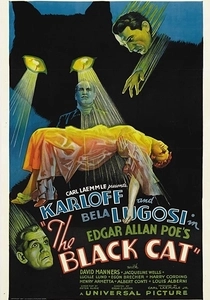
The Black Cat (1934)
Description: This film, directed by Edgar G. Ulmer, features a scene where characters play jazz music, which contrasts with the film's dark themes of revenge and horror, creating a chilling effect.
Fact: It was the first film to pair Bela Lugosi and Boris Karloff, two horror icons, on screen.
 Watch Now
Watch Now 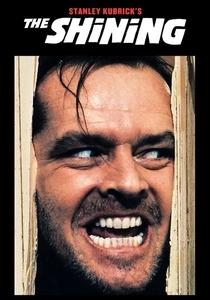
The Shining (1980)
Description: While not explicitly about jazz, the film's score by Wendy Carlos and Rachel Elkind includes jazz elements, which contribute to the film's eerie atmosphere, particularly in scenes involving the Overlook Hotel's ghostly jazz band.
Fact: Stanley Kubrick was known for his meticulous attention to detail, including the selection of music to enhance the film's mood.
 Watch Now
Watch Now 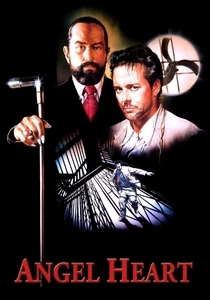
Angel Heart (1987)
Description: A detective story with a dark twist, where jazz music plays a crucial role in setting the mood. The film's jazz-infused soundtrack, including a memorable performance by Courtney Pine, enhances the noirish horror.
Fact: The film was originally rated X due to its graphic content but was later re-edited to receive an R rating.
 Watch Now
Watch Now 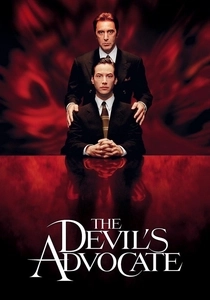
The Devil's Advocate (1997)
Description: This film uses jazz music to underscore the seductive and sinister nature of the devil, played by Al Pacino, creating an atmosphere of moral decay and horror.
Fact: The film features a memorable scene where Pacino's character plays the saxophone, adding to the jazz horror theme.
 Watch Now
Watch Now 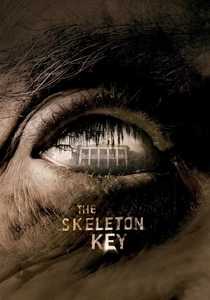
The Skeleton Key (2005)
Description: Set in the heart of Louisiana, this film uses jazz as a cultural backdrop to explore voodoo and the supernatural. The eerie jazz tunes add a layer of mystery and tension, making the horror elements even more palpable.
Fact: The film was shot on location in New Orleans, capturing the authentic atmosphere of the city's jazz culture.
 Watch Now
Watch Now 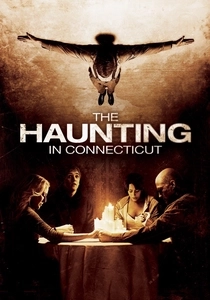
The Haunting in Connecticut (2009)
Description: While not directly about jazz, this film features a scene where a character plays jazz music to calm his nerves, which ironically leads to a terrifying encounter. The juxtaposition of jazz and horror is striking.
Fact: The film is loosely based on a true story, which adds to its eerie authenticity.
 Watch Now
Watch Now 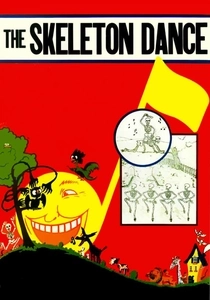
The Skeleton Dance (1929)
Description: This early Disney short features skeletons dancing to jazz music, creating a macabre yet humorous take on horror, blending animation with the eerie sounds of jazz.
Fact: It was one of the first cartoons to use synchronized sound, setting a precedent for future animated horror.
 30 Days Free
30 Days Free 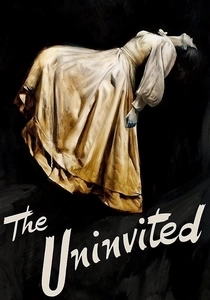
The Uninvited (1944)
Description: This classic ghost story uses jazz music in its score to add an eerie, otherworldly feel to the haunting of a seaside mansion, making the horror more palpable.
Fact: The film was one of the first to use the "ghostly voice" effect, which was quite innovative for its time.
 30 Days Free
30 Days Free 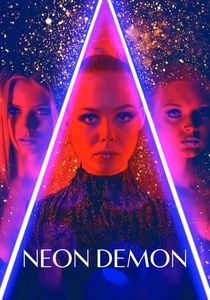
The Neon Demon (2016)
Description: Although primarily a psychological horror, the film's use of jazz in its soundtrack adds a layer of surrealism and tension, making the horror more intense and unsettling.
Fact: The film was shot in Los Angeles, capturing the city's dark underbelly, which complements the jazz-infused horror.
 30 Days Free
30 Days Free 
